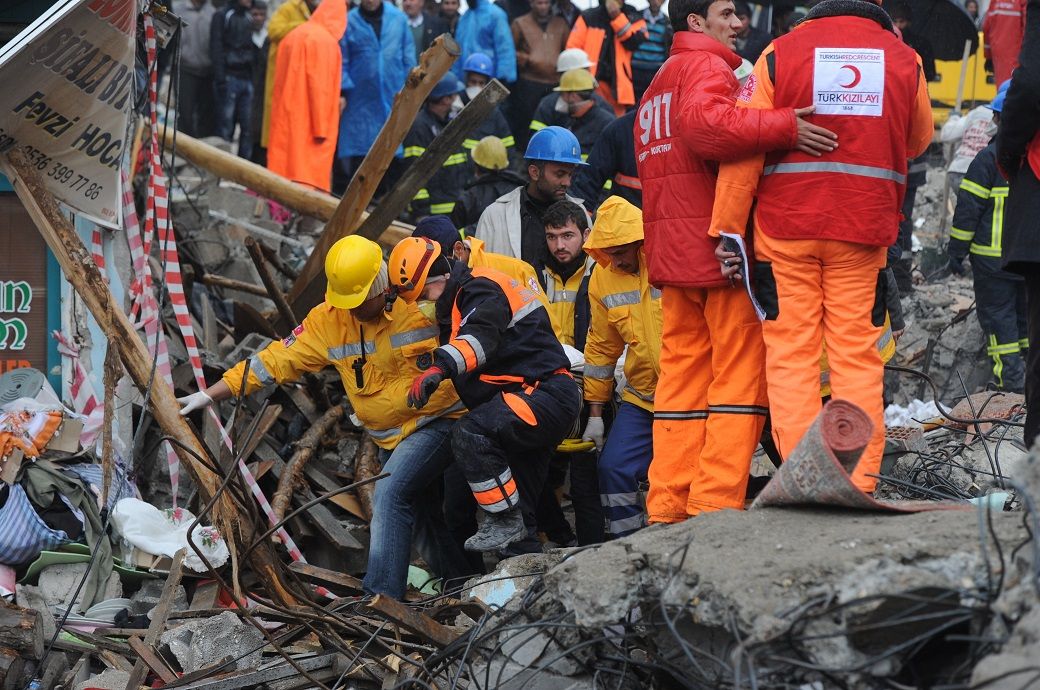
“Short-term production cuts are inevitable, however, all stakeholders are working together to restart plants for social as well as economical reasons,” Cem Altan, president of International Apparel Federation (IAF) and vice-chair of Turkish Clothing Manufacturers’ Association, said in a statement.
In the short run, the Turkish textile and garment industries will use their excess production capacity built in 2021 and 2022. For instance, Turkiye had increased yarn and fabric production capacity by 25 per cent last year with new investments. Therefore, the lost capacity can be immediately replaced by the available capacity in other major cities like Bursa, Istanbul, Tekirdag and Denizli located in the West.
Infrastructure-wise, the government has partly started to supply water, electricity and natural gas to some cities, towns, and industrial zones. Airports are in operation. Temporary cities built from containers around the industrial zones are under construction to prevent workforce immigration, Altan added.
Two major devastating earthquakes with magnitudes of 7.8 and 7.5 hit southeast Turkiye and northern Syria on February 6. Eleven cities, namely Kahramanmaras, Malatya, Hatay, Gaziantep, Adiyaman, Osmaniye, Kilis, Sanliurfa, Adana, Diyarbakir and Elazig, were affected by these major earthquakes and their aftershocks. Almost 13.5 million people living in these cities are affected, while an estimated 45,000 people have lost their lives.
There are garment factories in Malatya, Elazig, Sanliurfa and Adiyaman and textile mills in Kahramanmaras and Gaziantep.
Fibre2Fashion News Desk (KD)